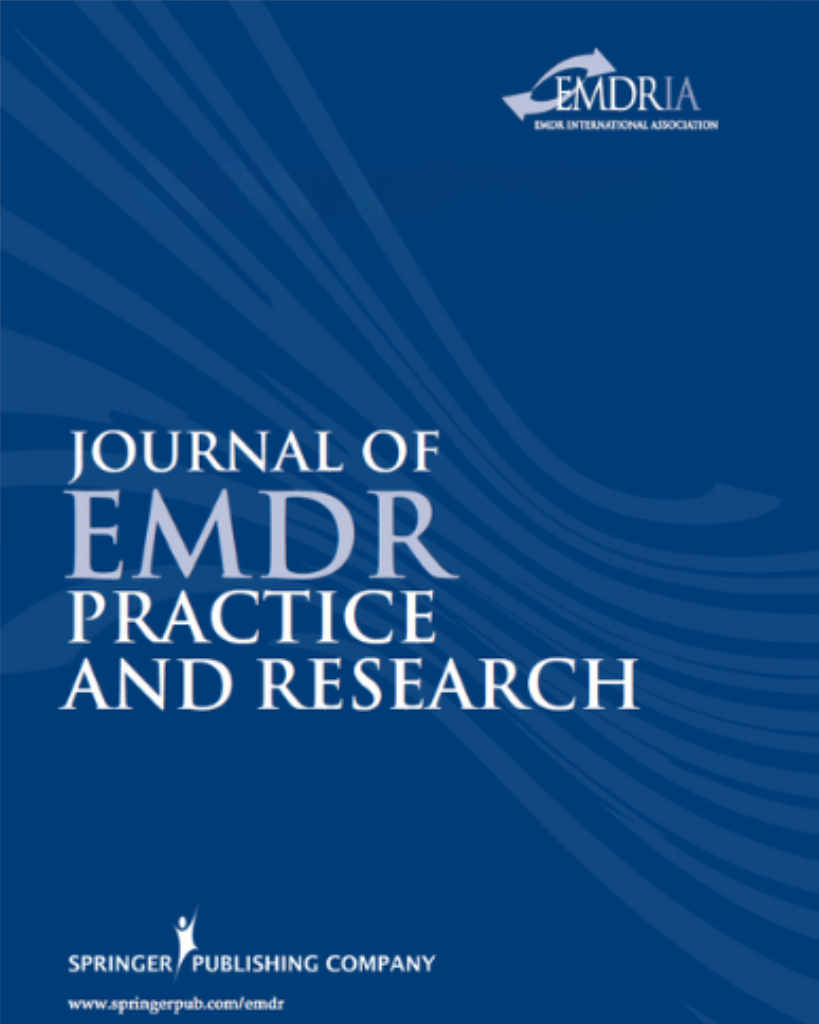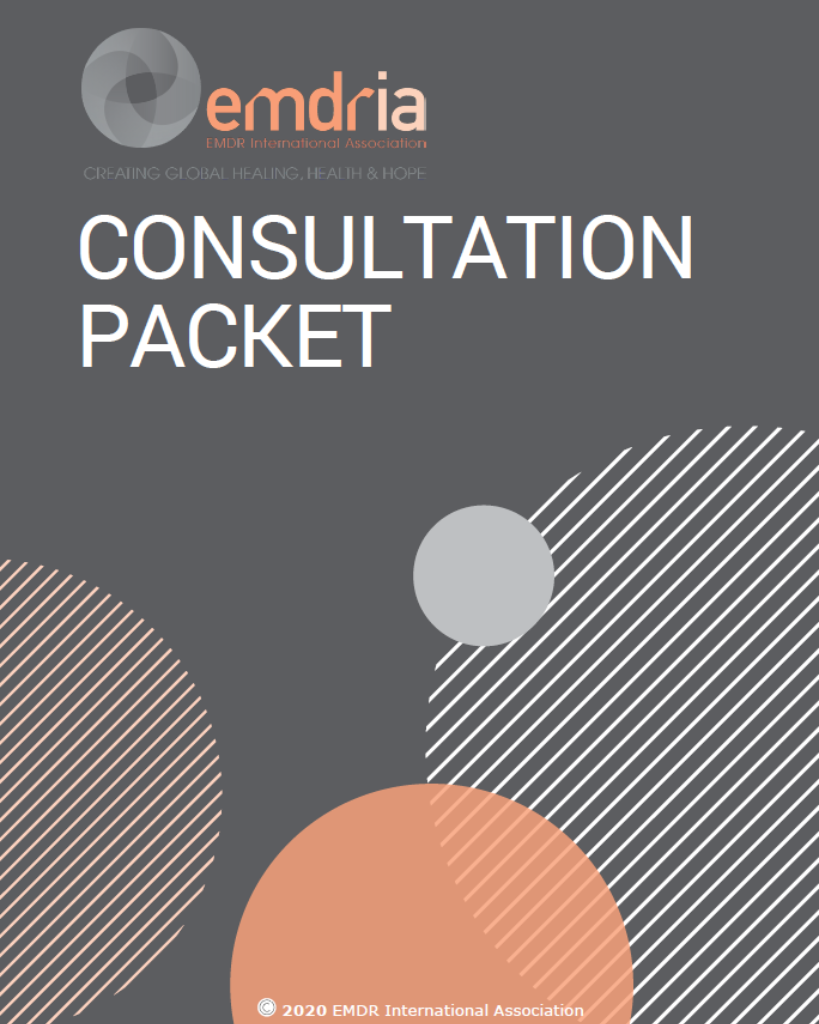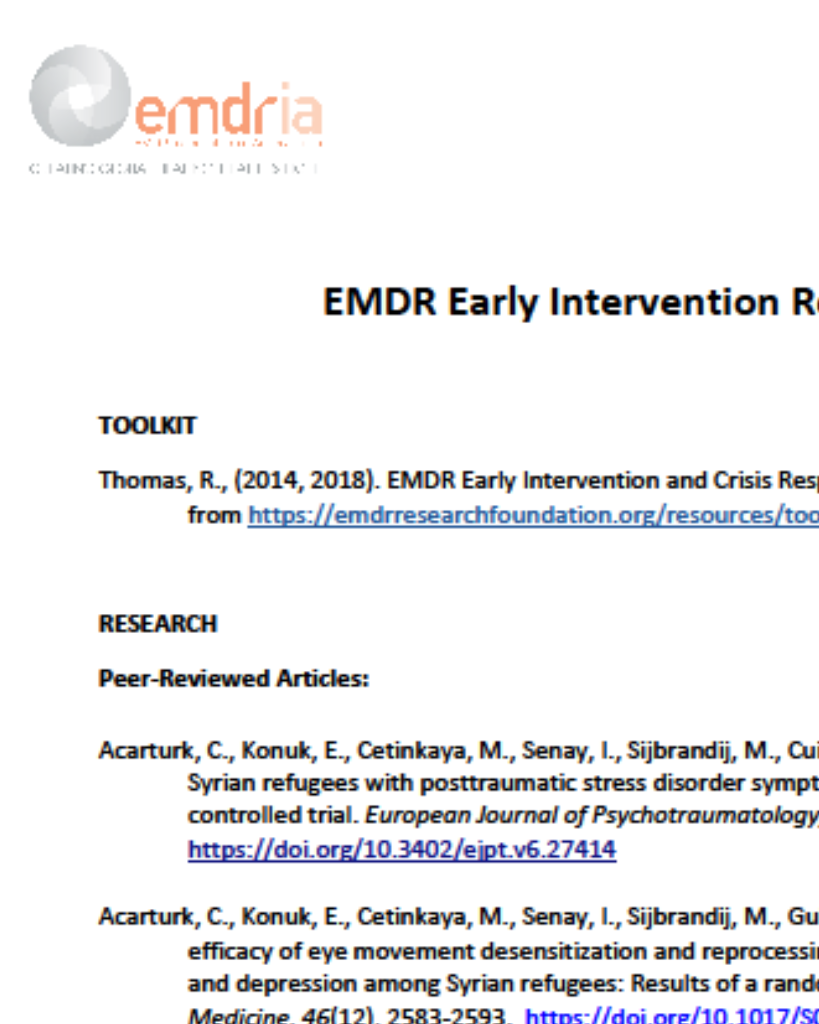The Development and Uses of the “Blind to Therapist” EMDR Protocol
The blind to therapist (B2T) protocol was devised to circumvent client unwillingness to describe traumatic memory content during EMDR.
Article Abstract
“The blind to therapist (B2T) protocol (Blore & Holmshaw, 2009a, 2009b) was devised to circumvent client unwillingness to describe traumatic memory content during eye movement desensitization and reprocessing (EMDR). It has been used with at least six clinical presentations:
- Reassertion of control among “executive decision makers”
- Shame and embarrassment
- Minimizing potential for vicarious traumatization
- Cultural issues: avoiding distress being witnessed by a fellow countryman
- Need for the presence of a translator versus prevention of information “leakage”
- Reducing potential stalling in processing: client with severe stammer
This article details the history, development, and current status of the protocol, and provides case vignettes to illustrate each use. Clinical issues encountered when using the protocol and “dovetailing” the B2T protocol back into the standard protocol are also addressed.”
—Description from publisher
Article Access
Open Access
Blore, D. C., Holmshaw, E. M., Swift, A., Standart, S., & Fish, D. M. (2013). The Development and Uses of the “Blind to Therapist” EMDR Protocol. Journal of EMDR Practice and Research, 7(2), 95–105. https://doi.org/10.1891/1933-3196.7.2.95
About the Journal
The Journal of EMDR Practice and Research is a peer-reviewed publication devoted to integrative, state-of-the-art papers about Eye Movement Desensitization and Reprocessing. It is a broadly conceived interdisciplinary journal that stimulates and communicates research and theory about EMDR, and their application to clinical practice. The Journal of EMDR Practice and Research is the Official Publication of the EMDR International Association.
Date
June 1, 2013
Creator(s)
David C. Blore, E. Manda Holmshaw, Ann Swift
Contributor(s)
Sally Standart, Deborah M. Fish
Practice & Methods
Protocols
Extent
11 pages
Publisher
Springer Publishing Company
Rights
Copyright © 2013 EMDR International Association
APA Citation
Blore, D. C., Holmshaw, E. M., Swift, A., Standart, S., & Fish, D. M. (2013). The Development and Uses of the “Blind to Therapist” EMDR Protocol. Journal of EMDR Practice and Research, 7(2), 95–105. https://doi.org/10.1891/1933-3196.7.2.95
Series
7
Installment
2
Audience
EMDR Therapists
Language
English
Content Type
Peer-Reviewed
Original Source
Journal of EMDR Practice and Research
Access Type
Open Access





